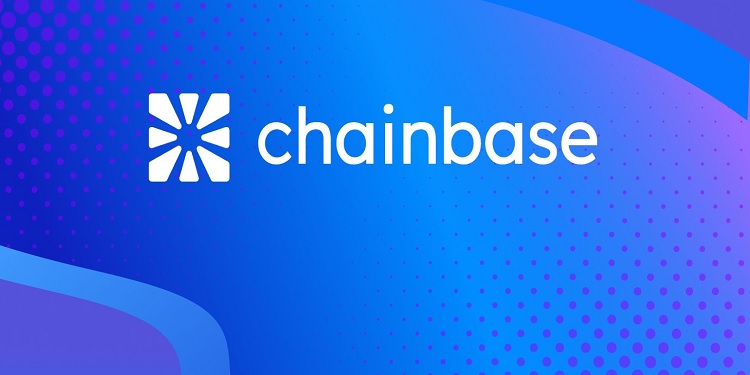Public blockchains, the backbone of cryptocurrencies such as Bitcoin, are facing scrutiny regarding their suitability for large financial transactions, according to insights shared by a senior executive at JPMorgan Chase & Co.
Evaluating Limitations and Accountability
Umar Farooq, CEO of JPMorgan’s blockchain platform Onyx, expressed reservations about the maturity of public blockchains during the Bank of International Settlements (BIS) Innovation Summit on May 7, as reported by Cointelegraph. Farooq highlighted concerns about the inadequacies of public blockchains for handling substantial transactions, emphasizing the necessity for a more robust system.
Accountability Concerns
Farooq underscored the issue of accountability within public blockchains, questioning the recourse available in case of a failed $100 million transaction. He advocated for a system facilitating trusted transactions among financial institutions, coupled with accountability mechanisms.
Private Blockchain Utilization
Ironically, JPMorgan employs a permissioned blockchain platform, Onyx, based on Ethereum, a prominent public blockchain. Permissioned blockchains offer institutions the capability to reverse transactions, a feature lacking in public blockchains.
Incentive Structure Critique
Farooq criticized the incentive structure of public blockchains, arguing that the emphasis on boosting cryptocurrency prices through user acquisition creates an unhealthy environment.
Perspective Shift: Viewing Blockchains as Public Goods
He advocated for a paradigm shift, perceiving blockchains as akin to a “public good,” similar to the internet, rather than merely instruments for driving up cryptocurrency prices.
Debate and Future Prospects
JPMorgan’s reservations contribute to the ongoing discourse surrounding the applicability of public blockchains in mainstream financial contexts. As technology progresses, addressing challenges related to scalability, accountability, and broader societal benefits will be pivotal for wider adoption.
Staying Informed in a Dynamic Landscape
Given the ever-evolving nature of the digital asset landscape, staying abreast of emerging trends and advancements is essential for navigating this dynamic environment effectively.
In summary, while public blockchains have revolutionized the financial landscape, their current limitations necessitate careful consideration and innovation to address challenges and unlock their full potential in facilitating large-scale financial transactions.









